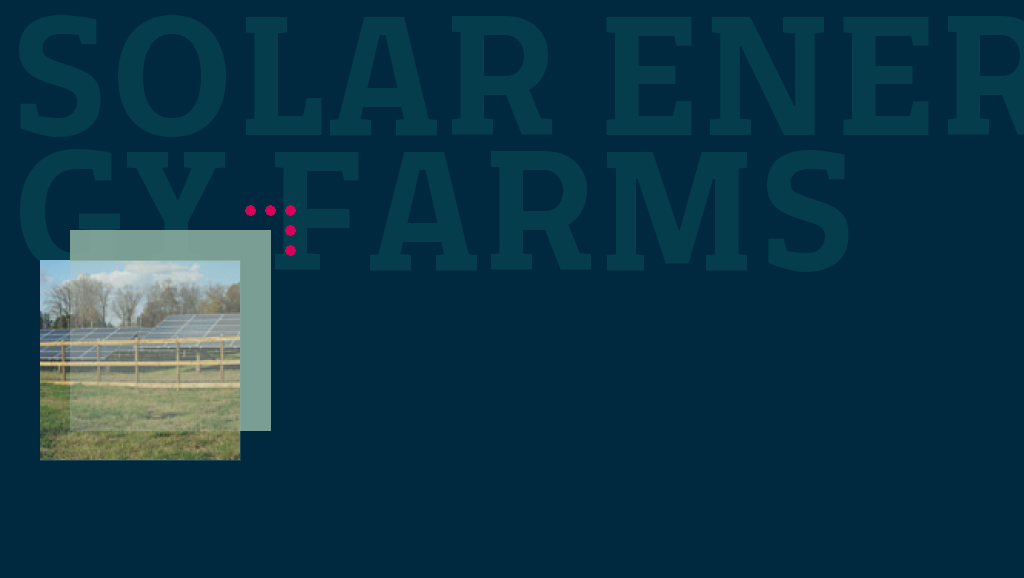Next weekend an article appeared in the Bergamo local paper L’Eco di Bergamo that is worthy of reporting as I feel it offers some food for thought for Foundation website readers.
The article is entitled “Solar Panels eating up the greenbelt. Rules needed” and explains that the province of Bergamo alone has seen a 500% increment in solar farming, the practice of taking agrarian land and covering it in solar panels. Unfortunately the article is not available online so I will offer a brief summary.
The problem is that this massive expansion of solar farming means the loss of cultivated land and visible change in the landscape, but local and regional governments find themselves in difficulty because of a law passed in 2003. Under this law solar farms are defined as “urgent and unstoppable works for the public good” and so they cannot be restricted. Any farmer can place any number of panels on his or her land and the authorities are unable to stop them.
Under laws more recently passed tax incentives are given to any works aimed at saving or producing cleaner energy, with 55% of the total cost reimbursed in 3 years. This means that in 7 years the revenue produced by the panels covers the setting up costs leaving at least 13 years of profit taking. A deal of this sort means that the land makes more money as a solar farm than it would do if used for agriculture or even a site upon which to construct.
Some people call for rules in order to protect agricultural land and beauty spots, but as seen above at the moment the authorities have their hands tied.
What is needed according to the article is a policy that protects agricultural land whilst still promoting the move towards clean energy, stating that if the financial incentives lead to a mass expansion then local governments must come up with some way of regulating its spread.
It must be noted however that at the moment the area of land taken over by energy farms is minimal, a few hundred acres in the whole of Lombardy which if compared to the area of agricultural land that is lost to construction is absolutely minimal. The only serious point raised here is the impossibility of regulating the spread of such structures.
The Guardian website also carries a similar story that involves the UK. The piece tells the story of a proposed 15 acre energy farm in St Kew, Cornwall. The argument is very similar however to the Italian piece, being that the Cornish countryside could be ruined as farmers move into this extremely profitable business. In the UK however the local council have the right to refuse planning permission for the change of land use and could therefore control the spread of this phenomena.
The profits reported are phenomenal and as a result this option is actively being promoted by a consortium of business under the name “silicon vineyards”. They hope to create 10 such energy farms over the next few years, and with the new UK government keen to produce more “clean” energy we might assume that too many obstacles might not be placed in their way.
One interesting factor is that the panels would not be fitted with motors in order to orient them towards the sun, but this work would be conducted manually, with a workforce of 5 people employed throughout the day to tilt the panels towards the sun. If all 10 proposed farms are put into production they would create 300 new jobs.
An article in online journal The Engineer outlines a bold plan presented by French electrical giant EDF in association with the French Government that aims to harness the sun’s rays in the Sahara desert, and distribute the electricity produced through a Europe wide network known as ‘The Supergrid’, thus allowing the EU to meet its commitments to clean energy production.
The proposal involves the construction of a series of enormous energy farms across North Africa with the power produced taken into Europe through under sea cables. Current cable capacity would not allow such a movement of energy and the project would require heavy infrastructural investment, but several companies have already invested in renewable energy production in North Africa and would have a vested interest in such changes.
Desert solar farms already operate in the US and Mexico and given the lack of space restrictions they are huge and as this article shows many more are currently being planned.
Although there are obvious advantages in placing these energy farms in desert areas I personally feel that the ‘not in my back yard’ mentality may be coming in to play. The Italian newspaper that I cited at the beginning of this piece has carried a number of articles in recent months criticizing energy farms in the area although they cover very little land and do not seem to provoke public hostility.
The Guardian piece for example argues that the panels are low to the ground and non reflective, claiming that they do not constitute an eyesore. The Italian paper even goes as far as to claim that they could represent a danger for aircraft coming in to land at the local airport.
To take the French desert proposal I imagine that such an important energy production facility must be at risk from sabotage, and the host sovereign nation would wield immense political power over the countries they supplied (look at the Russia Ukraine gas dispute for an example).
Wouldn’t it be better to put them on the roofs of industrial buildings spread throughout the continent?
(photo: Solar Panels Hard at Work at the Person County Solar Park by joanna8555 from Flickr)
















